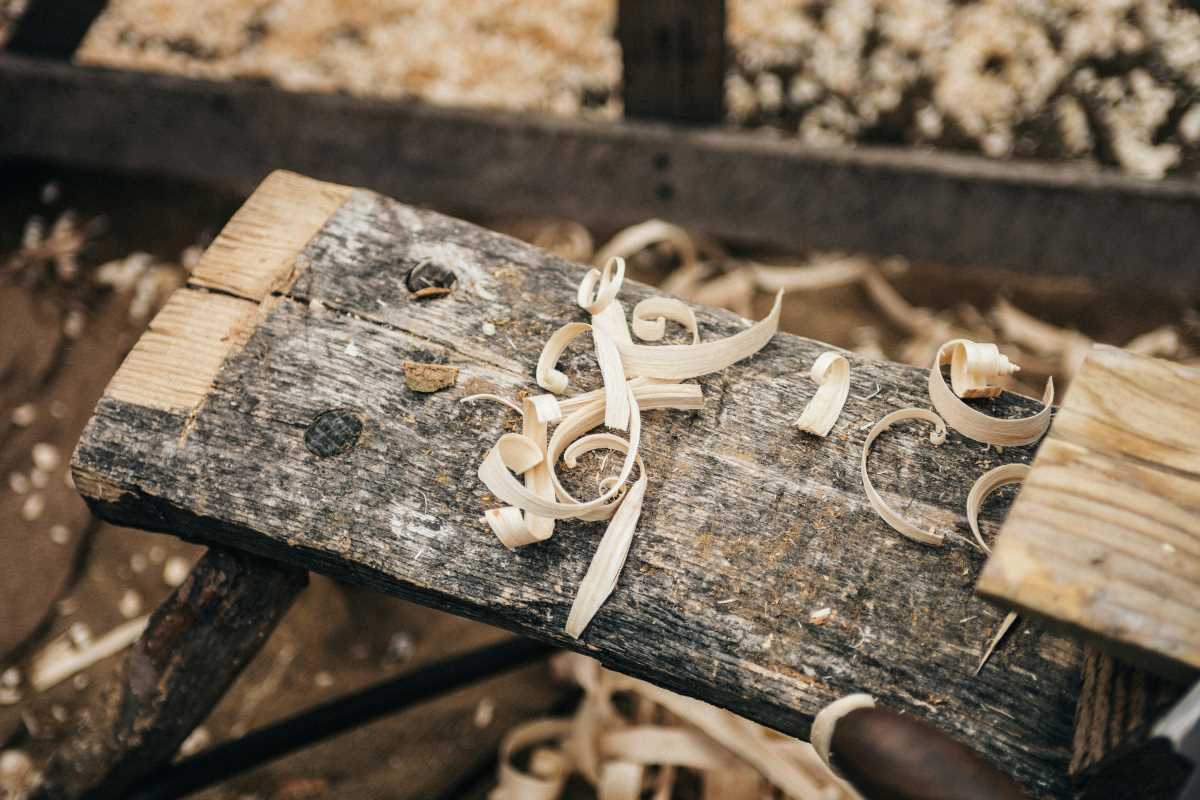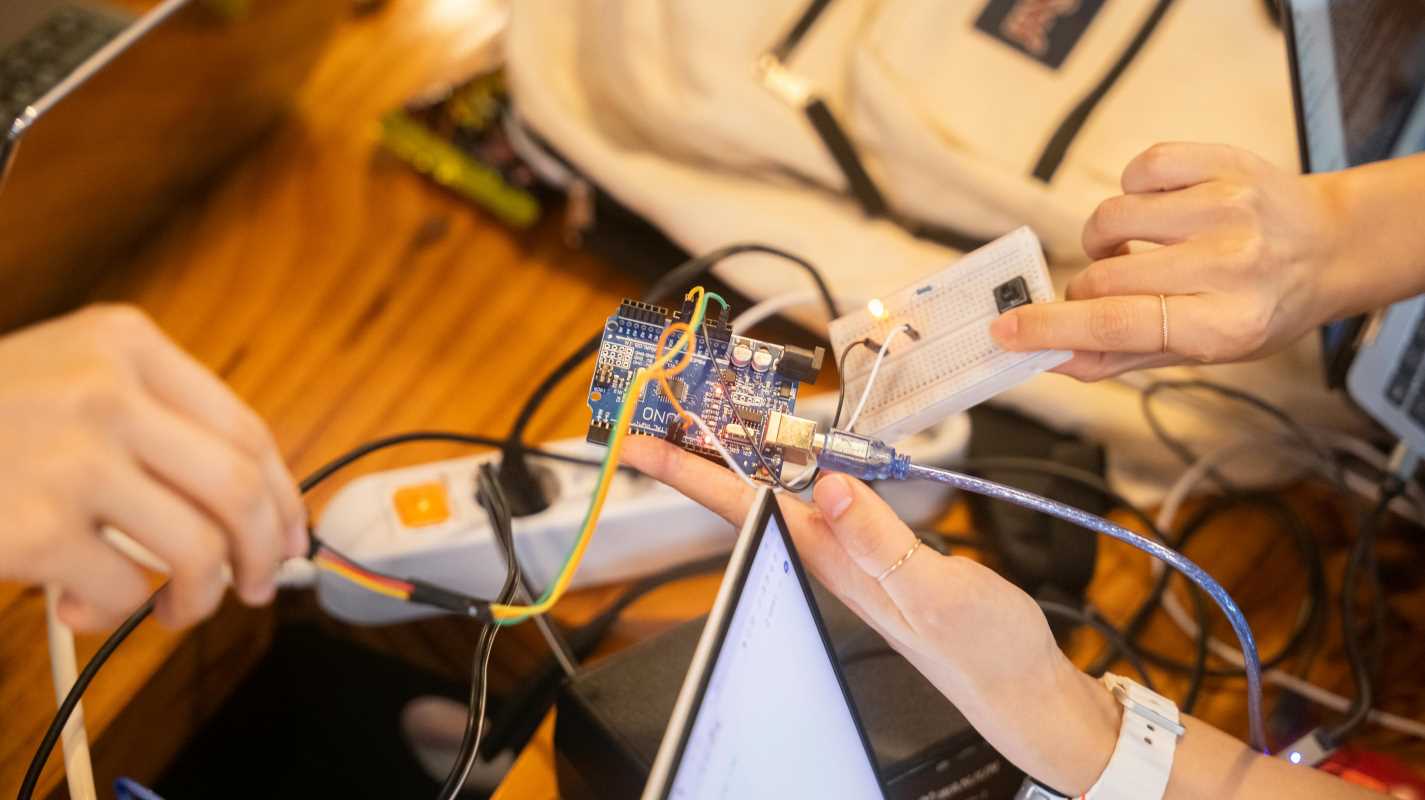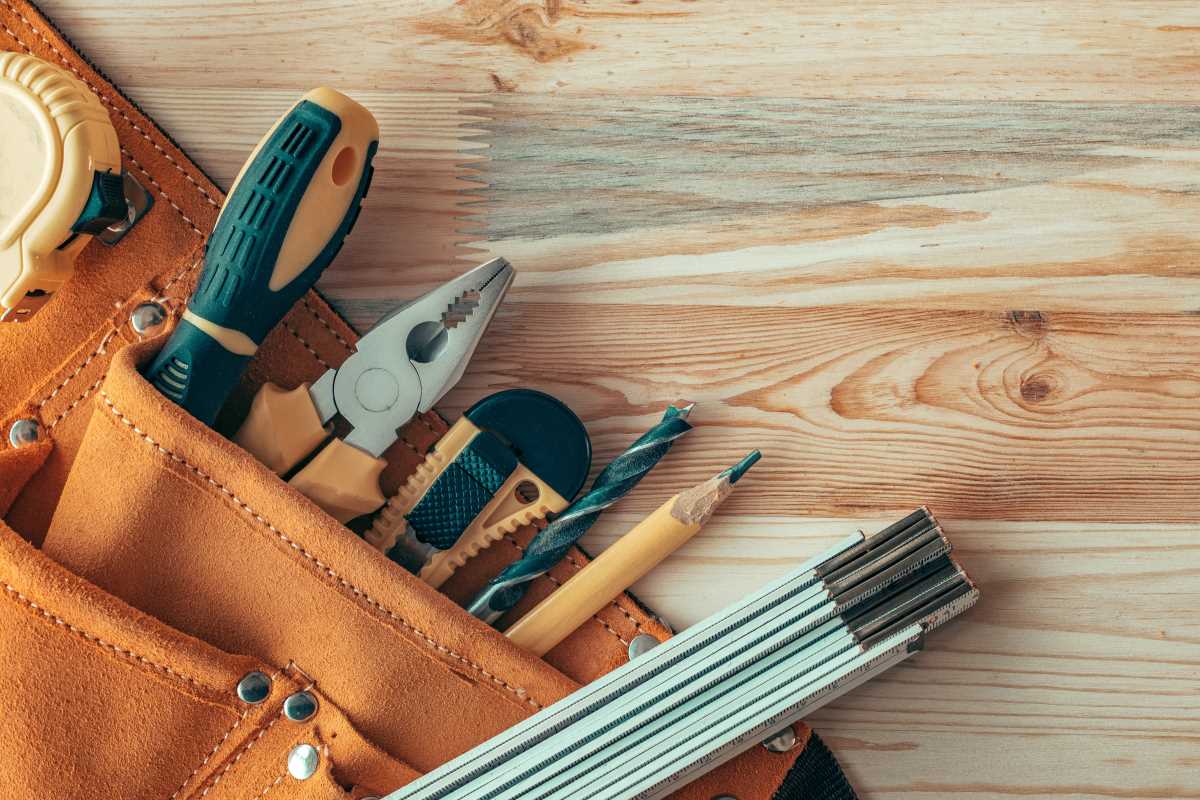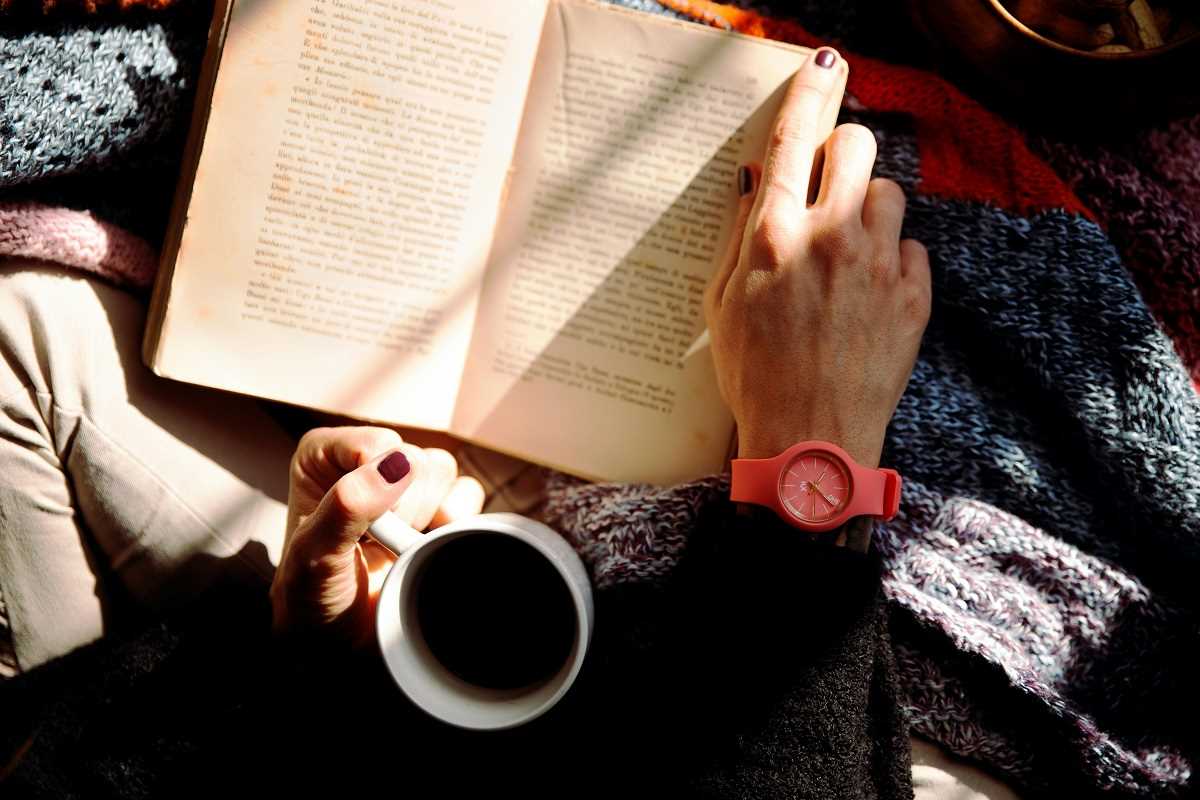Creating a rustic coffee table using salvaged barn wood brings a piece of history into your home and adds unique character to your living space. Salvaged barn wood carries the charm of its past, featuring weathered textures and rich tones that new wood often lacks. By repurposing these materials, you contribute to sustainable practices and give new life to something that might otherwise be discarded. DIY enthusiasts find immense satisfaction in turning reclaimed materials into functional and beautiful furniture pieces that tell a story.
Using reclaimed materials for DIY projects offers numerous benefits. Not only is it environmentally friendly, but it also allows for creativity and customization that mass-produced furniture cannot match. Salvaged barn wood, in particular, provides a distinct aesthetic that enhances the rustic appeal of any home decor. Working with these materials can be cost-effective, especially when you source wood from local barns or reclaimed wood suppliers. This project is perfect for those looking to combine craftsmanship with sustainability, resulting in a one-of-a-kind coffee table that stands out in any room.
Materials Needed
- Salvaged barn wood planks
- Wood screws
- Wood glue
- Sandpaper (various grits)
- Wood stain or sealant
- Wood varnish
- Measuring tape
- Saw (circular or miter)
- Drill
- Clamps
- Safety goggles
- Work gloves
Where to source these materials:
- Local salvage yards or barn wood suppliers
- Home improvement stores like Home Depot or Lowe's
- Online marketplaces such as Etsy or Rockler
- Specialty woodworking stores
Preparing the Salvaged Wood
- Select the Right Wood: Choose planks that are straight, free from excessive knots, and have a consistent thickness. Inspect each piece for any signs of rot or significant damage.
- Clean the Wood: Remove dirt, dust, and old nails or screws using a brush and protective gloves. For stubborn stains or grime, use a mixture of mild detergent and water, then let the wood dry completely.
- Cut the Wood to Size: Measure and mark the dimensions needed for your coffee table. Use a saw to cut the planks to the desired lengths, ensuring each piece is uniform for a stable structure.
- Sand the Surface: Begin sanding with a coarse-grit sandpaper to remove any rough spots or imperfections. Progress to finer grits for a smooth finish, paying special attention to edges and surfaces that will be visible in the final product.
- Inspect for Stability: After sanding, check each piece for stability. Replace any planks that are too warped or damaged to ensure the longevity of your coffee table.
Proper preparation of the salvaged wood is crucial for achieving a sturdy and aesthetically pleasing coffee table. Taking the time to carefully select and prepare each piece ensures that the final product is both functional and beautiful. Sanding not only smooths the wood but also highlights its natural grain, enhancing the rustic look that salvaged barn wood is known for.
Building the Table Frame
Constructing a solid frame forms the foundation of your rustic coffee table. Start by assembling the legs and the base structure that will support the tabletop. Measure the height you desire for your table and cut the legs accordingly. Attach the legs to the frame using wood screws and wood glue for added stability. Ensure that each leg anchors securely to prevent any wobbling.
Next, connect the legs with horizontal supports on the sides and front of the table. This not only adds strength but also contributes to the overall rustic design. It’s helpful to use clamps to hold the pieces in place while the glue dries, making sure that everything remains aligned. For a more authentic look, leave some gaps between the planks and consider using hardware that complements the reclaimed wood’s vintage feel. Diagrams or images at this stage can greatly assist in visualizing the assembly process, making it easier to follow along and construct a sturdy frame.
Assembling the Tabletop
Once the frame is ready, it’s time to assemble the tabletop. Lay the prepared salvaged wood planks side by side on a flat surface. Check for any necessary adjustments to ensure a tight fit between the planks. Apply wood glue along the edges where the planks meet to secure them together. For added strength, reinforce the connections with wood screws from the underside of the tabletop.
Arrange the planks so that the grain patterns complement each other, enhancing the table’s rustic charm. After positioning, use clamps to hold the planks firmly while the glue dries. Make sure the tabletop is level and all edges align correctly. Once the glue has set, give the entire surface a thorough sanding to smooth out any uneven areas and prepare it for finishing. Salvaged barn wood is ideal for this step as it provides a natural texture that adds depth and character to the coffee table.
Finishing Touches
Enhancing the rustic look of your coffee table involves adding the right finishing details. Start by choosing a wood stain or sealant that complements the natural color of the salvaged wood. Apply the stain evenly using a brush or cloth, following the wood grain to achieve a consistent look. Let the stain dry completely before moving on to the next step.
After staining, apply a wood varnish to protect the surface from spills and wear. Varnish also adds a subtle sheen that highlights the wood’s texture without overpowering its natural beauty. For a more distressed look, lightly sand areas of the table after staining to expose some of the raw wood underneath. This technique enhances the vintage appeal and ensures that no two coffee tables are exactly alike. Adding decorative hardware or metal accents can further personalize your table, making it a standout piece in your living space.
Building your own rustic coffee table using salvaged barn wood creates a unique and functional piece of furniture and embraces sustainability and craftsmanship. By repurposing reclaimed materials, you add character to your home while reducing waste. This DIY project offers a rewarding way to showcase your creativity and love for rustic design, resulting in a coffee table that is both beautiful and meaningful.
 (Image via
(Image via





